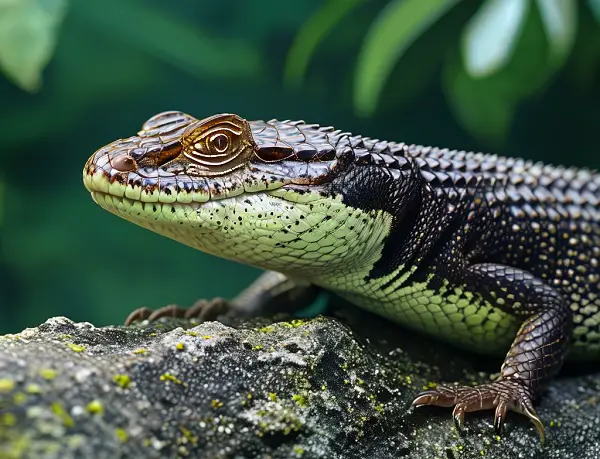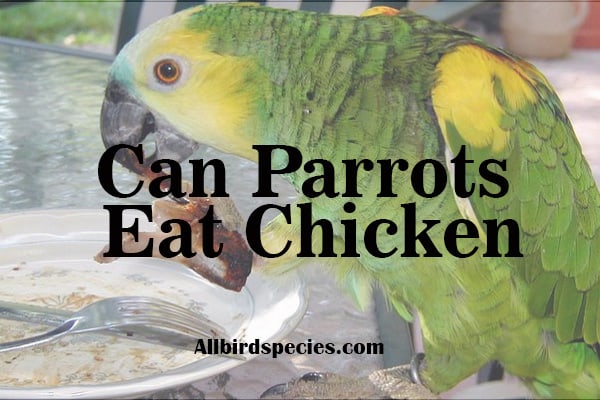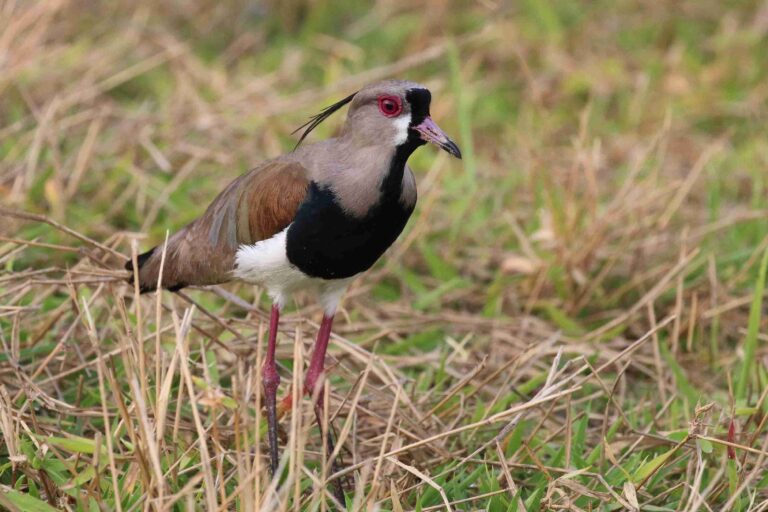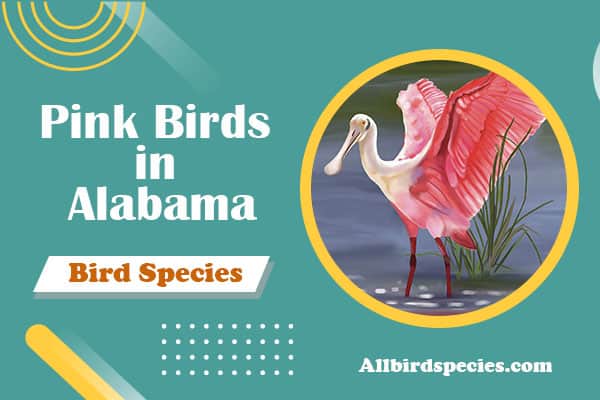Crocodile Skink Facts, Size, Lifespan, Habitat, Diet, Pictures
The crocodile skink, also known as the red-eyed crocodile skink, is a type of lizard. It belongs to the Tribolonotus group, which is part of the Scincidae family. Crocodile skinks are often kept as exotic pets because they look a bit like dragons!
They come from many islands in Oceania, which is located north of Australia. While there are some related types, like the white-eyed crocodile skink, the red-eyed one is the most popular. This skink gets its name from the bright red or orange scales around its eyes, which look like a ring
Physical Description and Appearance
Crocodile skinks, scientifically known as Tribolonotus gracilis, are small lizards that have captured the attention of reptile enthusiasts worldwide. These unique creatures earned their name due to their resemblance to miniature crocodiles.
Size and Body Structure
Crocodile skinks typically measure between 6 to 8 inches (15 to 20 cm) in length, including their tail. They have a robust, elongated body with short, sturdy limbs.
Distinctive Features
- Scales: Their most striking feature is the row of enlarged, keeled scales along their back, reminiscent of a crocodile’s scutes.
- Head: They possess a triangular head with prominent eyes and a slightly pointed snout.
- Tail: The tail is relatively long and prehensile, aiding in balance and climbing.
- Coloration: Crocodile skinks exhibit a range of earth tones, primarily brown and reddish-brown, with some individuals displaying subtle patterns or lighter undersides.
Sexual Dimorphism
Male crocodile skinks are slightly larger than females and may have more pronounced scales along their back.
Distribution
Crocodile skinks are native to the tropical regions of Southeast Asia and Oceania. Their range includes:
- Indonesia
- Papua New Guinea
- Solomon Islands
These lizards are primarily found on various islands within these countries. Due to their relative isolation, each population potentially develops slight variations in appearance and behavior.
What kind of habitats do crocodile skinks inhabit?
Crocodile skinks are adapted to specific habitats that provide the right balance of moisture, cover, and food sources.
Primary Habitats
- Tropical Rainforests: Dense, humid forests with abundant leaf litter and fallen logs.
- Coastal Areas: Near streams and rivers in lowland tropical regions.
- Mountain Forests: Some populations inhabit higher-elevation forests with cooler temperatures.
Microhabitat Preferences
- Ground Dwellers: Crocodile skinks spend most of their time on the forest floor.
- Moisture-Loving: They prefer areas with high humidity and access to water sources.
- Cover Seekers: These lizards often hide under leaf litter, rocks, or fallen branches.
Lifespan
Crocodile skinks can live for a considerable time in captivity with proper care.
Wild Lifespan
While exact data on wild lifespans is limited, it’s estimated that crocodile skinks may live for 5-8 years in their natural habitat.
Captive Lifespan
With optimal care, crocodile skinks in captivity can live for 10-15 years, and some individuals have been reported to reach 20 years of age.
Diet
Crocodile skinks are primarily insectivorous, but their diet can include various small prey items.
Primary Food Sources
- Insects: Crickets, roaches, mealworms, and other small arthropods.
- Arachnids: Small spiders and occasionally scorpions.
- Worms: Earthworms and other soft-bodied invertebrates.
Occasional Dietary Additions
- Small Mollusks: Snails and slugs (with shells providing calcium).
- Fruits: Some individuals may consume small amounts of fruit in the wild.
Feeding Behavior
Crocodile skinks are active foragers. They use their keen eyesight to detect movement and capture prey. They have also been observed using their prehensile tails to stabilize themselves while reaching for food.
Behavioral Characteristics
Crocodile skinks exhibit various interesting behaviors that make them unique among lizards.
Activity Patterns
- Crepuscular: Most active during dawn and dusk.
- Secretive: Spend much of their time hidden under cover.
Social Behavior
- Generally Solitary: Crocodile skinks are not typically social animals.
- Territorial: Males may behave aggressively towards other males, especially during breeding season.
Defensive Mechanisms
- Vocalization: Crocodile skinks can produce a squeaking sound when threatened, unlike many lizards.
- Tail Autotomy: Though regrowth is limited, they can shed their tail to escape predators.
- Biting: When handled roughly, they may attempt to bite as a last resort.
Climbing Ability
Despite being primarily terrestrial, crocodile skinks are capable climbers and may ascend low vegetation or branches to bask or escape threats.
Adaptations
Crocodile skinks have developed several adaptations that allow them to thrive in their specific environments.
Physical Adaptations
- Keeled Scales: Provide protection and may aid in water repellency.
- Prehensile Tail: Assists with balance and climbing.
- Camouflage: Earth-toned coloration helps them blend with forest floor debris.
Physiological Adaptations
- Low Metabolism: Allows them to survive on relatively infrequent meals.
- Water Conservation: Adapted to high-humidity environments but can conserve water effectively.
Behavioral Adaptations
- Burrowing: Often create shallow burrows or use existing crevices for shelter.
- Thermoregulation: Move between sunny spots and shade to maintain optimal body temperature.
Mating and Reproduction
The reproductive habits of crocodile skinks are particularly interesting among reptiles.
Mating Behavior
- Seasonal Breeders: Typically mate during the rainy season in their native habitats.
- Courtship: Males may engage in head-bobbing displays to attract females.
Reproductive Strategy
- Ovoviviparous: Unlike many lizards, crocodile skinks give birth to live young.
- Small Litter Size: Typically produce 1-2 offspring per breeding cycle.
- Parental Care: Rare among lizards, females have been observed providing some care to their young.
Development of Young
- Precocial: Newborns are relatively well-developed and independent.
- Rapid Growth: Young skinks grow quickly in their first year.
Conservation Status
While not currently listed as endangered, crocodile skinks face several threats in the wild.
Current Status
- Not Evaluated: The IUCN Red List has not formally assessed the conservation status of crocodile skinks.
- Potentially Vulnerable: Some experts consider them vulnerable due to habitat loss and collection for the pet trade.
Threats
- Habitat Destruction: Deforestation and agricultural expansion threaten their natural habitats.
- Pet Trade: Over-collection for the exotic pet market may impact wild populations.
- Climate Change: Alterations in temperature and rainfall patterns could affect their specific habitat requirements.
Conservation Efforts
- Protected Areas: Some of their habitats fall within protected reserves and national parks.
- Breeding Programs: Captive breeding efforts help reduce pressure on wild populations.
Interesting Facts
- Ancient Lineage: Crocodile skinks are considered living fossils, with a lineage dating back millions of years.
- Unique Vocalization: They are one of the few lizard species capable of producing audible squeaks.
- Specialized Toes: Their toes have small ridges that may help them grip wet surfaces in their rainforest habitats.
- Slow Metabolism: They can go for extended periods without food, sometimes up to several weeks.
- Limited Study: Due to their secretive nature, much of their wild behavior remains a mystery to scientists.
- Popular in Herpetoculture: Although they are challenging to breed in captivity, they are highly sought after by reptile enthusiasts.
- Tail Regeneration: Unlike many lizards, crocodile skinks have limited ability to regenerate their tails if lost.
Final Thoughts on Crocodile Skink
The crocodile skink is a fascinating reptile that combines ancient charm and unique adaptations. From their distinctive appearance to unusual reproductive strategies, these lizards continue to captivate scientists and animal lovers alike. As we learn more about these secretive creatures, it becomes increasingly important to ensure their conservation in the wild while appreciating their remarkable characteristics.







